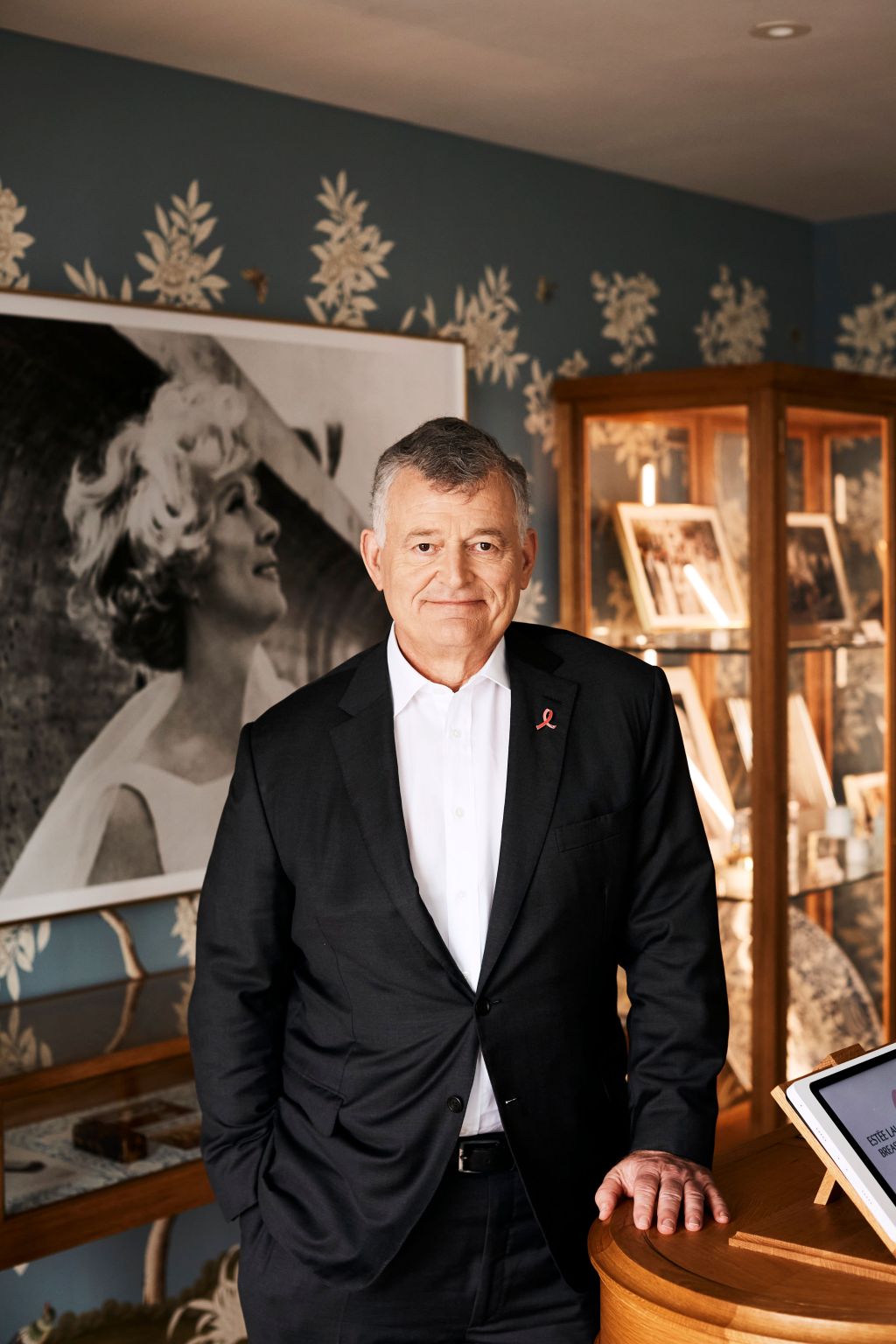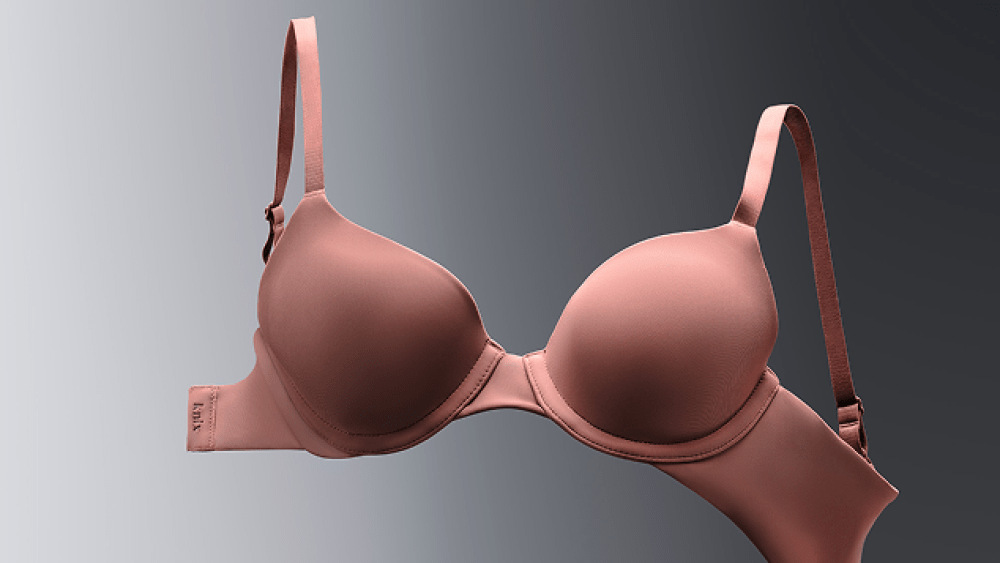The grandson of Estée Lauder and son of Leonard A. Lauder, William P. Lauder knows what it means to carry on a legacy.
The executive chairman of the board of directors of the Estée Lauder Cos. and former chief executive officer, Lauder has devoted much of his adult life to building the family business into the $15.2 billion prestige beauty conglomerate it is today.
Less well-known, though, is his involvement and impact on the Breast Cancer Research Foundation, the philanthropic enterprise founded by another female powerhouse in his family, his late mother Evelyn.
Related Articles
Since its founding 30 years ago, William Lauder has championed the organization, first by channeling the philanthropic and commercial efforts of the Estée Lauder Cos. to the cause and, more recently, by serving as its cochair.
On Tuesday evening, BCRF will honor Lauder at its annual Hot Pink Party with the Evelyn H. Lauder Spirit of Philanthropy award, a full-circle moment for her son whose commitment to carrying on the work Evelyn Lauder started hasn’t wavered in the 12 years since her death at age 75.

“My mother’s vision 30 years ago with Dr. Larry Norton was to create an effort and foundation to raise awareness and funds to find a cure for breast cancer,” said Lauder in an exclusive interview with WWD from the company’s Paris offices last week. “The work that has been done over the last 30 years has resulted in tremendous success in terms of treatment and care and survivability. Many people wouldn’t be here if it weren’t for that vision, and I’m honored to carry on the passion that my mother had for this mission.”
Indeed, Evelyn Lauder’s vision has had a significant impact on the lives of women: Over the last three decades, BCRF has raised more than $1 billion to fund research across 110 institutions in 15 countries across five continents. Breakthroughs in breast cancer treatment that can be directly attributable to its funding include the discovery of the BRCA1 gene and breast cancer stem cells; the development of Herceptin, the first targeted therapy for Her2-positive breast cancer, and, most recently, the creation of a first-of-its-kind global data hub for breast cancer research providing a centralized portal for scientists to share data and analysis.
Thanks to these advancements and others in the research and treatment of breast cancer, the American Cancer Society reports that breast cancer mortality rates have been decreasing steadily since 1989, for an overall decline of 42 percent. Still, much work remains to be done.
“Unfortunately there are still people being diagnosed with breast cancer and who are being impacted by it,” said Lauder, “and therefore there’s still a great reason and rationale for us to keep focusing on it. The combination of more people being diagnosed, as well as making progress toward finding a cure and reducing the impact of the treatments for people who are diagnosed, gives us all hope, as well as motivation.”
Lauder is particularly focused on the disparities that remain, particularly among mortality rates for Black women. This has become a key area of research for BCRF. “We’re spending significant time and money to focus our efforts looking at health care outcome disparities,” said Lauder, adding that expanding BCRF’s reach in major population centers like Texas, Florida and California, where breast cancer rates are high, is another priority.
Although BCRF is a separate organization from the Estée Lauder Cos., the company has been a key supporter of the cause, most recently with a $15 million gift from its charitable foundation arm to establish the Health Equity initiative to increase access for patients of all races and ethnicities.
The group has maintained its charitable efforts even while facing tough business conditions. William Lauder was sanguine when asked about the company’s challenges and most recent quarterly earnings, which showed the Estée Lauder Cos. beating estimates with a 5 percent sales increase to $3.75 billion versus the year before.
“We’ve been through challenging moments before, and we’ll come out a better company for it,” he said. “Sometimes when you’re in the midst of a challenging environment it can be discouraging to the teams. I’m confident in our people, our brands and our mission. We have an amazing portfolio of brands and extraordinary people who are nurturing them every day, and I have extraordinary confidence in our people to continue to make our brands desirable for consumers.”

The Lauder organization has been a leader in corporate philanthropic work, and it’s clear when speaking with William Lauder that the human impact of the work holds a strong emotional sway for him — both personally and professionally. His voice broke as he recalled ringing the bell of the New York Stock Exchange to kick off Breast Cancer Awareness month last October with a dozen women from the company who are survivors of the disease, one of whom, Janet Pardo, the longtime senior vice president of product development at Clinique, will present him with the award on Tuesday.
“It was the embodiment of the efforts that we make, of who we are as a company,” Lauder said of the moment. “Our teams are doing so much work to raise awareness and raise money to fund these researchers, and here are our people who have been directly impacted by the disease standing up there, saying, ‘I survived. I’m better for it. And I’m here.’”
Looking back on the early days of BCRF, he recalled his mother’s total dedication to the cause, one he clearly shares today. Lauder cited a recent evening when he was approached by a woman while waiting at a restaurant for his table to be ready, who asked about the pink ribbon he was wearing on his lapel. He told her of its significance as a symbol for breast cancer awareness and his involvement in the efforts. The woman explained she was a survivor who had been treated at Memorial Sloan Kettering Cancer Center, and thanked him for his efforts.
“One person telling you that makes you want to do it again for another year more,” said Lauder. “Hearing it from hundreds of people, as I am in the position to do, keeps you going forever.”


